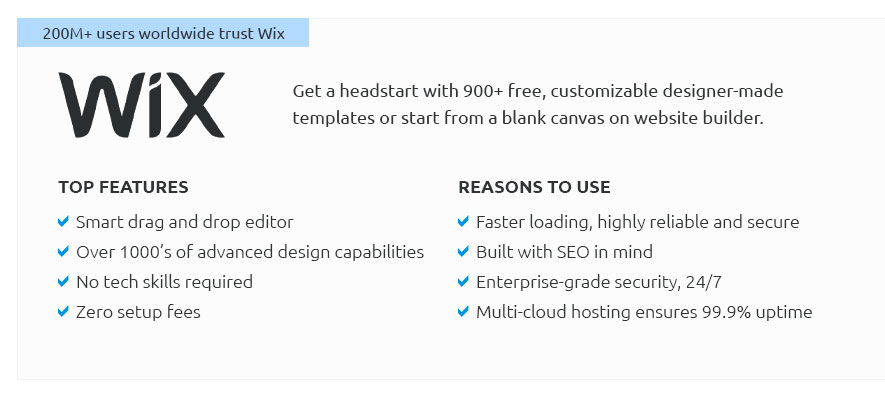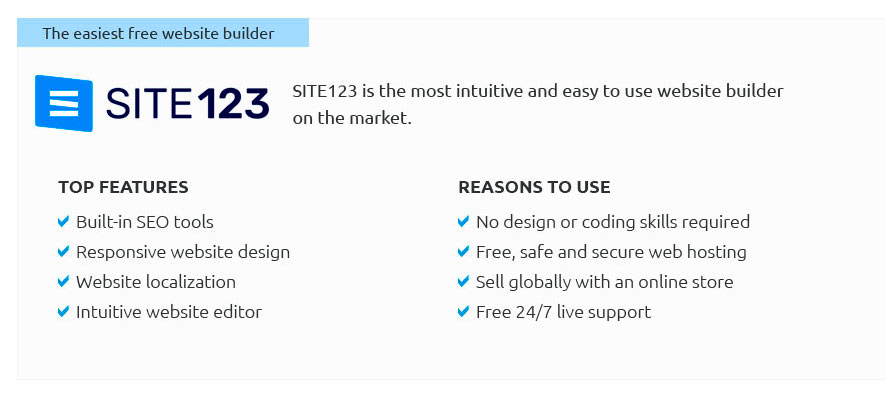 |
 |
 |
 |
|
 |
 |
 |
|
 |
|
 |
 |
|
 |
|
 |
|
 |
 |
The Best Way to Make a Business WebsiteIn today's digital age, having a robust online presence is crucial for any business looking to thrive. A well-crafted website serves not only as a platform to showcase products or services but also as a powerful tool to engage with customers and build brand credibility. Creating an effective business website requires careful planning, thoughtful design, and strategic execution. Here's a comprehensive guide on the best way to make a business website that stands out in the crowded online marketplace. Understanding Your ObjectivesBefore diving into the technical aspects, it's essential to have a clear understanding of your website's objectives. Are you looking to sell products online, provide information, or perhaps capture leads? Defining your goals will guide every subsequent decision, from design elements to the choice of platform. Choosing the Right PlatformThe choice of platform is pivotal. With numerous options available, it's important to select one that aligns with your technical skills and business needs. WordPress is a popular choice due to its flexibility and vast plugin ecosystem, while Shopify is favored for e-commerce sites because of its ease of use and comprehensive features. Each platform has its pros and cons, so consider factors such as budget, customization needs, and scalability. Designing with PurposeDesign is not just about aesthetics; it's about creating an intuitive user experience. A clean, responsive design ensures that your website looks great on all devices, from desktops to smartphones. Pay attention to navigation, as a seamless flow is crucial for keeping visitors engaged. Remember, the design should reflect your brand identity, using consistent colors, fonts, and imagery. Content is KingContent is the backbone of your website. It's what communicates your message and persuades visitors to take action. Invest time in crafting high-quality, informative, and engaging content. Utilize SEO techniques to ensure your content is discoverable by search engines, which in turn drives organic traffic to your site. Blogs, customer testimonials, and case studies are excellent ways to provide value and establish authority in your industry. Integrating Essential FeaturesEvery business website should incorporate certain features to enhance functionality and user experience.
Testing and LaunchingBefore going live, thoroughly test your website for functionality, compatibility, and performance. Ensure that all links work, forms submit correctly, and pages load quickly. It's wise to launch with a soft launch to gather feedback and make necessary adjustments. Once you're confident in its performance, proceed with a full launch. Maintaining and UpdatingLaunching your website is just the beginning. Regular maintenance and updates are crucial to keep it running smoothly and securely. Monitor performance metrics, update content, and refresh design elements periodically to keep your website relevant and engaging. In conclusion, building a business website is a multifaceted process that requires a strategic approach. By understanding your goals, choosing the right platform, focusing on design and content, integrating essential features, and committing to ongoing maintenance, you can create a website that not only meets your business needs but also delights your visitors. While the process may seem daunting, the rewards of a successful online presence are well worth the effort. https://www.wix.com/business/website
How to make a business website - Select your template, or start from a blank canvas - Pick your domain name and get reliable web hosting - Customize your site's ... https://business.gov.au/online-and-digital/business-website/set-up-a-business-website
1. Define your website goals 2. Choose and register a domain name 3. Choose the right hosting and content management system 4. Choose a design for your website. https://forum.level1techs.com/t/how-do-i-create-a-website-for-my-business-need-your-help/182818
I think the best way to do website as a small/beginning company is to get a managed one like Squarespace or Wix. You just provide the design ...
|